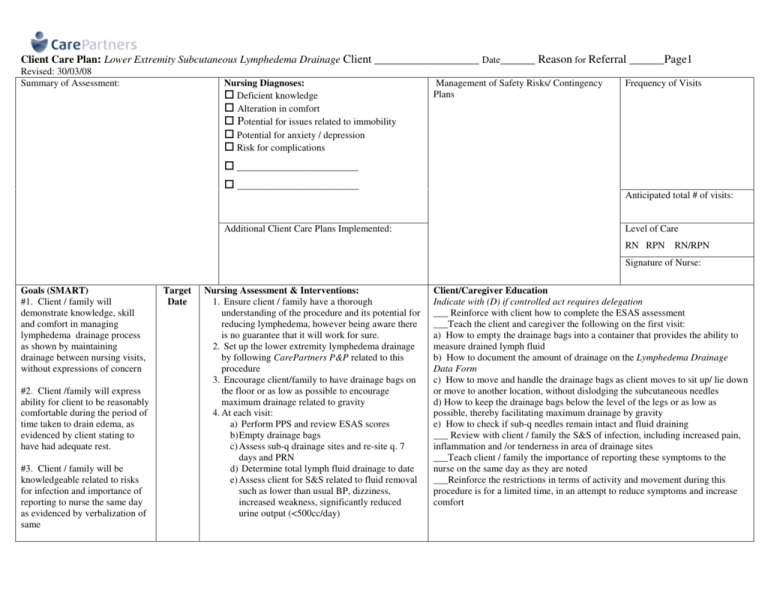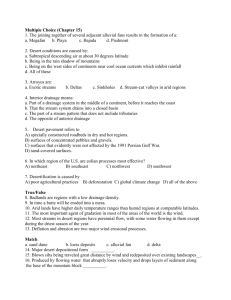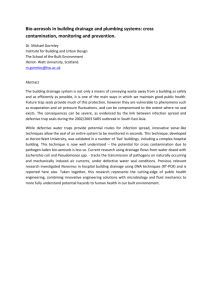Client Care Plan
advertisement

Client Care Plan: Lower Extremity Subcutaneous Lymphedema Drainage Client __________________ Date______ Reason for Referral ______Page1 Revised: 30/03/08 Summary of Assessment: Nursing Diagnoses: Deficient knowledge Alteration in comfort Potential for issues related to immobility Potential for anxiety / depression Risk for complications Management of Safety Risks/ Contingency Plans Frequency of Visits _________________________ _________________________ Additional Client Care Plans Implemented: Anticipated total # of visits: Level of Care RN RPN RN/RPN Signature of Nurse: Goals (SMART) #1. Client / family will demonstrate knowledge, skill and comfort in managing lymphedema drainage process as shown by maintaining drainage between nursing visits, without expressions of concern #2. Client /family will express ability for client to be reasonably comfortable during the period of time taken to drain edema, as evidenced by client stating to have had adequate rest. #3. Client / family will be knowledgeable related to risks for infection and importance of reporting to nurse the same day as evidenced by verbalization of same Target Date Nursing Assessment & Interventions: 1. Ensure client / family have a thorough understanding of the procedure and its potential for reducing lymphedema, however being aware there is no guarantee that it will work for sure. 2. Set up the lower extremity lymphedema drainage by following CarePartners P&P related to this procedure 3. Encourage client/family to have drainage bags on the floor or as low as possible to encourage maximum drainage related to gravity 4. At each visit: a) Perform PPS and review ESAS scores b) Empty drainage bags c) Assess sub-q drainage sites and re-site q. 7 days and PRN d) Determine total lymph fluid drainage to date e) Assess client for S&S related to fluid removal such as lower than usual BP, dizziness, increased weakness, significantly reduced urine output (<500cc/day) Client/Caregiver Education Indicate with (D) if controlled act requires delegation ___ Reinforce with client how to complete the ESAS assessment ___Teach the client and caregiver the following on the first visit: a) How to empty the drainage bags into a container that provides the ability to measure drained lymph fluid b) How to document the amount of drainage on the Lymphedema Drainage Data Form c) How to move and handle the drainage bags as client moves to sit up/ lie down or move to another location, without dislodging the subcutaneous needles d) How to keep the drainage bags below the level of the legs or as low as possible, thereby facilitating maximum drainage by gravity e) How to check if sub-q needles remain intact and fluid draining ___ Review with client / family the S&S of infection, including increased pain, inflammation and /or tenderness in area of drainage sites ___Teach client / family the importance of reporting these symptoms to the nurse on the same day as they are noted ___Reinforce the restrictions in terms of activity and movement during this procedure is for a limited time, in an attempt to reduce symptoms and increase comfort Client Name_____________________________ Goals (SMART) #4. Client / family will seek and consider accepting support and measures to decrease feelings of anxiety and/or depression related to treatment by identifying concerns and accepting available supports Target Date Nursing Assessment & Interventions: f) Assess for S&S of infection/ cellulites g) Measure legs if appropriate 5. Discuss possible benefits of leg wrapping post drainage with MD, prior to completion of drainage procedure 6. Review ESAS scores related to depression and/or anxiety, followed by further discussions of factors that contribute to these symptoms and possible opportunities to reduce them 7. Provide opportunities for client / family to express feelings and emotions related to situation Page 2 Client/Caregiver Education Indicate with (D) if controlled act requires delegation ___Encourage client to move legs, whether in bed or sitting if able to reduce stiffness and discomfort related to immobility ___Encourage gentle leg massages by caregivers to promote comfort ___Encourage client to use PRN analgesics as required for related discomfort All entries must be in ink. If a revision is made, cross out the obsolete information with one line and write new information in next available space. Date & initial all revisions.





